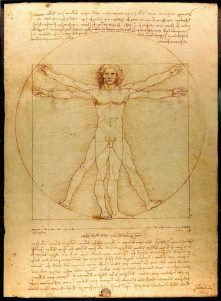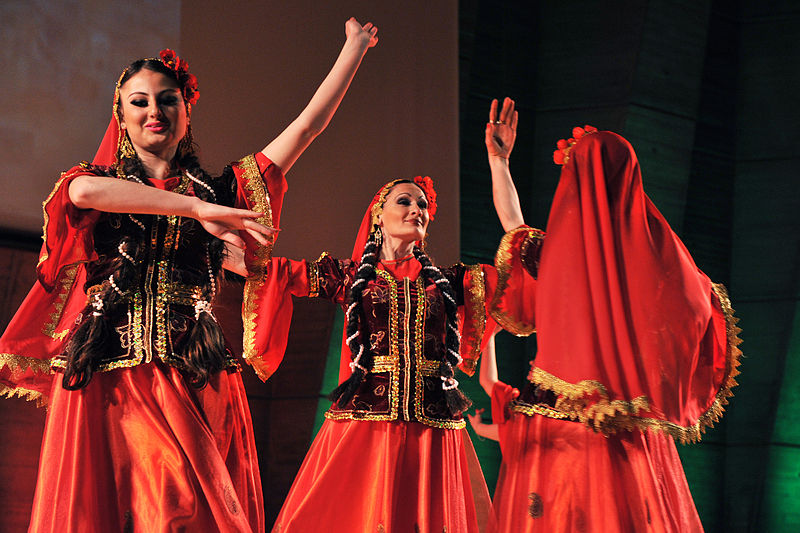Language of Symbols
Article By Sabine Leitner
 The ‘Language of Symbols’ – a topic that is not only fascinating but is somehow also related to the causes of our current situation. Most of our problems today are the result of human action. Every action reflects our thinking, our worldview, the ‘story’ we tell ourselves why we do what we do.
The ‘Language of Symbols’ – a topic that is not only fascinating but is somehow also related to the causes of our current situation. Most of our problems today are the result of human action. Every action reflects our thinking, our worldview, the ‘story’ we tell ourselves why we do what we do.
Our modern ‘story’ tells us that we are separated from nature, that nature exists as a mere resource to be exploited by us, that the economy is the most important thing, that having more things will make us happy, that the sacred does not exist and that myths and symbols belong to a primitive stage of civilization.
In addition, we have developed a very binary way of thinking where concepts, situations or problems are overly simplified into an either/or perspective. Things are either black or white, good or bad, and our technology constantly reinforces this way of thinking.
All this has given rise to a world where people are becoming increasingly polarized and societies more fragmented, where depression is increasing year after year, where the air, the soil, the rivers and the sea are polluted, where around 150-200 plant and animal species go extinct on average every day…
There is not much space in this editorial to explain in more detail the link between our current problems and the loss of symbolic thinking. But the economic, social and human crises we are facing today are, at least in part, a result of our disconnection from a dimension that has always been understood and expressed through symbols.
Symbols allow us to understand the complexity of the world and to arrive at a both/and conclusion. Let’s have a look, for example, at the natural symbol of ‘fire’: Fire is both ‘good’ and ‘bad’. It can burn and destroy, but it can also warm us, give us light and help us cook. Mircea Eliade said that symbols are ‘multivalent’ – they have many different meanings. Symbols allow us to overcome the contradictions of duality and understand that opposites are ultimately different aspects of the same thing.
Symbols can also help us to understand the world around us in a deeper way. When we start contemplating fire as a symbol, we can extract some universal laws and we can also see that everything is relative, because if we ask whether fire is hot, the answer will be ‘it depends’. For us, it is hot. But in comparison with the heat on the surface of the sun, it is cold.
C.G. Jung coined the words ‘archetype’ and ‘collective unconscious’. Jung thought that in the same way as there is a universal physical archetype for all human beings (e.g. two legs, two arms, 1 heart, 2 kidneys, a spine, etc.), there is also a universal psychic archetype for all human beings, which he called the collective unconscious. That would explain why there are so many universal elements in our myths, stories and symbols and why the symbolic heritage of ancient civilizations can still speak to us today.
Over the last 150 years, anthropologists, sociologists and philosophers have started to recover the value and importance of symbolic thinking and realised that the human being is intrinsically a ‘symbol-making’ being, a homo symbolicus, complementing the traditional homo sapiens.
Symbols have accompanied human beings since their remote origins and provided a means of understanding and communicating profound realities. Even in our modern world, symbols and myths have not completely disappeared and the continuing popularity of films like Lord of the Rings and the widespread use of symbols in tattoos are just two examples that the symbolic dimension is always somewhere in the background.
Symbols remind us that there are different ways of knowing. Plato made the distinction between mythos and logos. Logos as the rational, pragmatic and scientific thought and mythos as a way of knowing that was concerned with meaning, context, the timeless and the universal.
Maybe it is time to unite rational and symbolic thought once more, to understand that both languages are necessary, not only to give value to factual knowledge, but also to give value to meaning.
Symbols are the fundamental units of integrative thinking and if we understand symbols, we will understand life and ourselves in a deeper way. A restoration of the symbolic way of thinking could sow the seeds to a more holistic world view and even a more integrated world.
Image Credits: By Leonardo Da Vinci – Photo from www.lucnix.be | Wikimedia Commons | CC BY PD
The entity posting this article assumes the responsibility that images used in this article have the requisite permissionsImage References
By Leonardo Da Vinci - Photo from www.lucnix.be | Wikimedia Commons | CC BY PD
Permissions required for the publishing of this article have been obtained




What do you think?